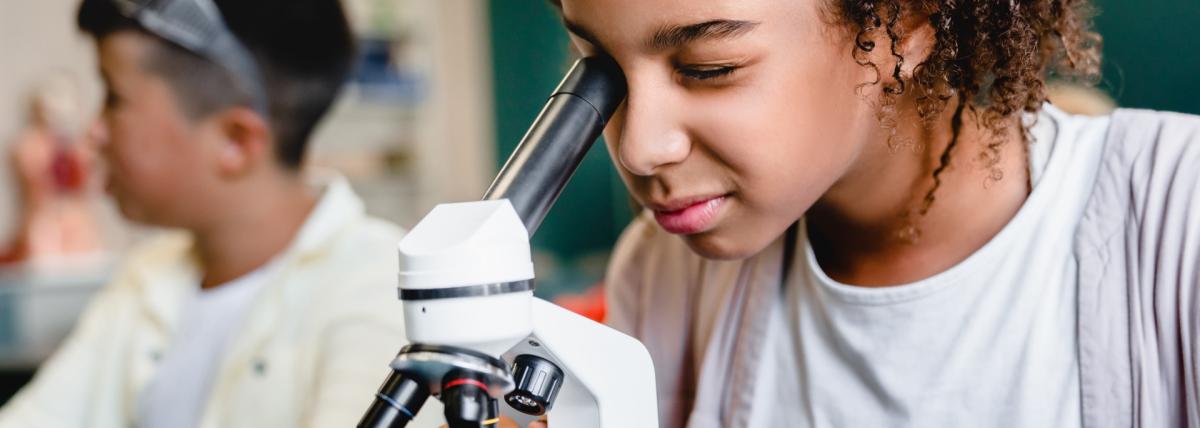
Sun Prints
by Kimberly Roach
Students will combine science and art by using an alternative photographic process called cyanotypes or sun prints. After a short introduction to the history of cyanotypes and the process of creating one, students will go on a nature walk to collect objects from nature. Once back in the classroom, students will layout their composition using the objects from nature, place their sun print composition in the sun for a few minutes, rinse the exposed sun print in water, and place on a drying rack. After 24 hours, when the cyanotype is dry, as if by magic, the area were the nature objects were appear white and the area where there were no nature objects is a cyano blue.
Lesson Plan Link/URL
https://docs.google.com/presentation/d/1aP4Tp2vFGnimucAJBF_DHkVLecpurf2d/edit?u…Subject Area
Science Physical Science P1: Matter P4: Energy Transfer Earth and Space Science E1: Earth Systems Technology 5. Computational Thinker Mathematics Statistics and Probability (SP) English Language Arts (ELA) Writing Speaking & Listening
Featured
Off
Related Content


Grades:
8th Grade, 9th Grade, 10th Grade, 11th Grade, 12th Grade
More VR integration in the classroom, oh my! This is the second lesson of a two-day exploration of chain reactions. On day one, students received a general overview of chain reactions, Rube Goldberg

Grades:
3rd Grade, 4th Grade, 5th Grade, 6th Grade, 7th Grade, 8th Grade, 9th Grade
Engineers often create small-size models of a new product to test its design. This is especially true with airplanes. Model testing tells engineers how a design responds to different air conditions

